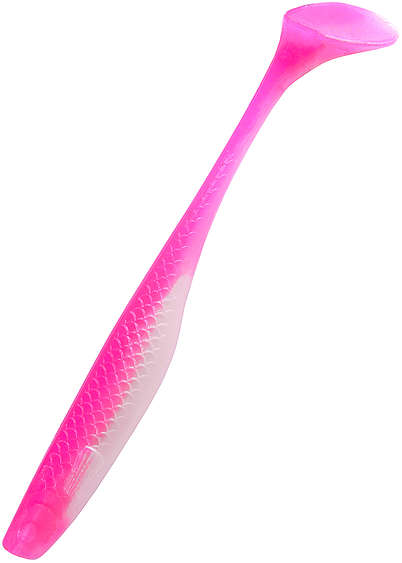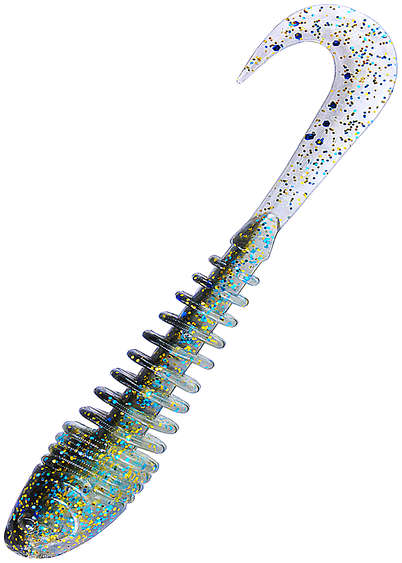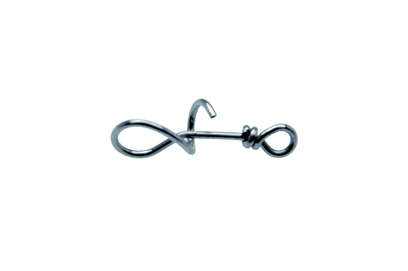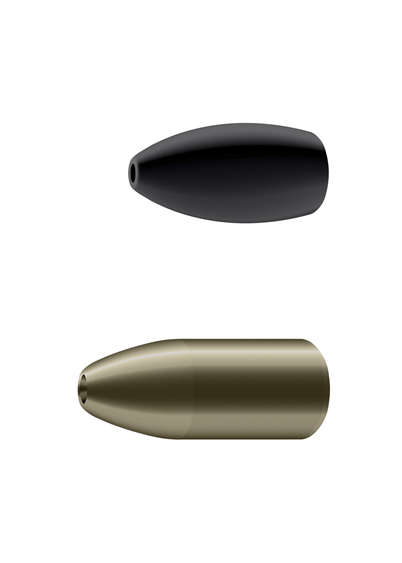Cast jigging for zander
Of all the jigging techniques, casting is the most popular one. Casting for zander is implemented from the bottom water, and the idea is to lure zander to strike using different reeling- and rod movements & actions. Casting for zander is effective throughout the unfrozen season, and can be executed from either boat, or at the shore.
Equipment for cast jigging zander:
All equipment must be as sensitive as possible, and the reel/rod/line must be in balance compared to each other. A good rule of thumb is to have the "balance point" on the set so, that it is approx. 3cm front side of the reel. When you put your forefinger at the front of the reel, the rod remains in perfect balance. This enables you to hold the set in an optimal way, and also the counter strike is immediate.
Rod must be sturdy, light, sensitive and 1/3 action. The correct length of the rod is up to the fisherman to decide, most commonly used lengths are between 6-7,5", meaning 180-215cm.
Reel must be as light as possible, and in perfect balance with the rod (see above). Most important features are an anti-backwards moving crank, and a good handle which enables a good grip.
Line can be thicker in diameter when fishing in shallow water, compared to fishing in deep water. Most commonly used line diameters are 0,10mm-0,16mm. The color of the line is good to be as visible as possible, and best line colors are bright yellow and orange color shapes. When you have a bright line it's much more easier to follow, and usually the fish strikes are noticed indeed of the line.
Leader One should use a leader with braidline when fishing e.g. zander. Best materials are either fluorocarbon, or monofil. Leader's strength depends on e.g. the fishing location, but a good common strength is 0,40-0,50mm.
Show video - Cast jigging for zander




























